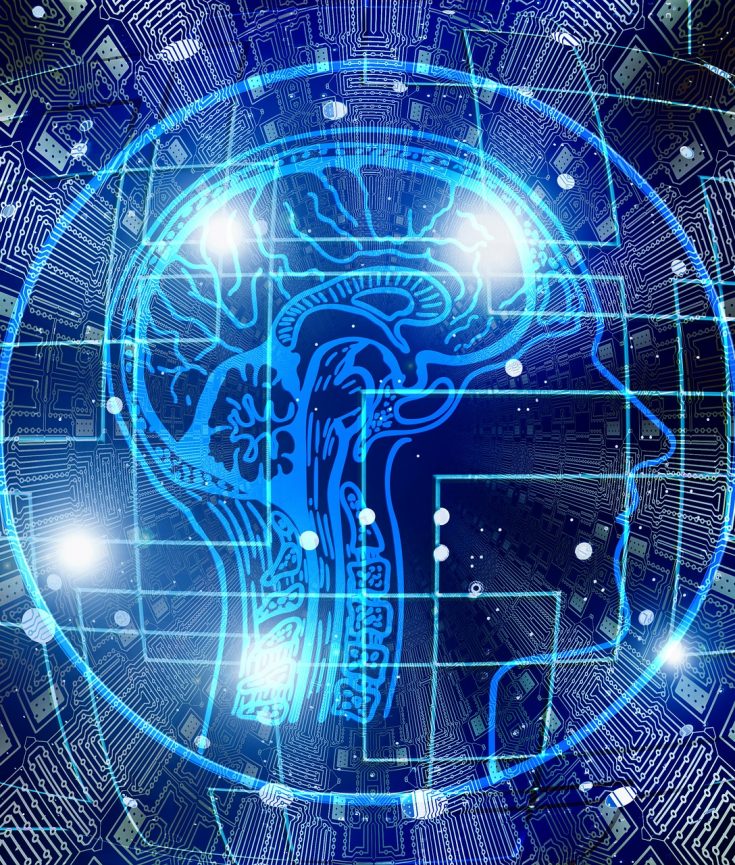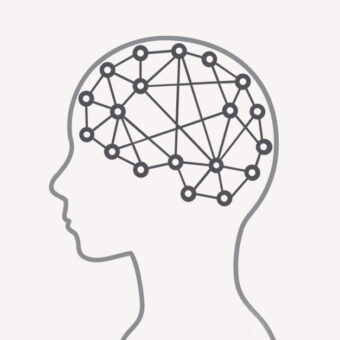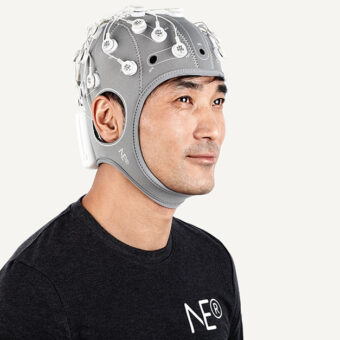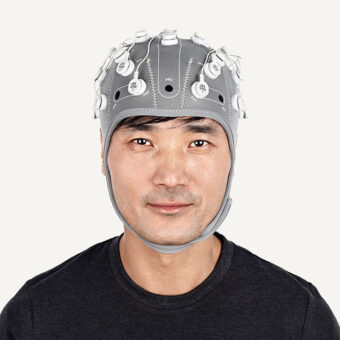Artificial intelligence (AI) refers to the development of a computer system that can perform tasks with minimal human interaction. AI can go beyond our imagination when it comes to the accomplishment of tasks. Various games like Chess, Poker, etc., explain the potential of AI as that as equal to humans.
But still, researchers and analysts believe that these high profile developments contribute in part to the development of AI; therefore, we are still far from super-intelligent AI as current AI programs have loopholes which are about to be solved. Being considered as a field of interest, researchers are interested in learning more about it; therefore they go through AI course or certifications to grab the latest trends like this.
Artificial Intelligence is a vast domain and has its fingers in many pies, including finance, transportation, education etc. In fact, it is now easier to list industries that have no connections to AI.
AI has been of vital importance to business intelligence and there have been many examples of successful approaches to AI, for instance, Amazon that uses AI to understand buying patterns of customers, but the jaw-dropping potential of AI becomes weak in front of human capabilities, including common sense, intuition, imagination and human intelligence in general.
Now, this has become a new topic for research with constant effort to develop a replica of a human brain to jump on the bandwagon of superintelligence. According to a recent study by AI researchers, up until now, we don’t have an alternative to a human brain, which consists of modular subsystems that perform different functions.
Moreover, the founder of Google’s AI powerhouse DeepMind, Demis Hassabis, says if you want to develop better computer brains, start looking at your mind first.
More and more people are curious about what AI is and recent advancements in AI involve sophisticated concepts like biomimicking, a way to redefine AI, which requires neuroscience. Both neuroscience and psychology play an essential role in the development and reinforcement of technologies like deep learning, supervised, and unsupervised intelligence. Naturally, AI researchers draw inspiration from them to come up with new findings.
Neuroscience involves the study of the cerebral functions and other mechanisms in which AI experts are interested in driving machine intelligence- A fundamental part of machine learning.
Why is super intelligence incomplete without machine learning?
The implementation of this technique in clean data (necessary for useful results), for example, the signals from the ECG and brain images provided by FMRI has derived the results that have transformed the way of diagnosis.
From then, after receiving significant results, neuroscience has emerged out as a potential area for research which results in breakthrough research as doctors can predict the time of maturity of a premature baby, the time of heart attacks, etc.
Furthermore, research has revealed a cognitive part of the human brain- hippocampus, responsible for the learning and memory functions of the human mind.
It was verified after its theoretical origination while studying hippocampus which was removed after brain surgery of a patient. Numerous neuroscientists are in the quest of integrating AI into their research in a bid to find the solutions of incurable diseases.
But research is complex as sometimes it takes decades for a scientist to solidify his research.
AI calculates brain cells
Recently, researchers at Google train a machine learning algorithm that analyzes neuronal cells in different mediums(culture) by using a technique called deep learning which is a machine learning technique used at Google, Amazon, Facebook, etc.
To train AI, researchers need a significantly large dataset while getting people into it to explore that dataset to unlock new thoughts. Usually, most neuroscience labs have a bulk of cell cultures which researchers convert them into training data and send it to other labs to label that data for training and other tasks.
By developing a broad neural network and implementing it in images of cells using fluorescent tags, researchers are able to distinguish between cell types.
Moreover, it explains the length of dendrites, the gap between two neurons, conduction of electrochemical impulses, and the length of dendrites. Fluorescent labels also help in distinguishing dead cells from live ones, differentiate between axons and dendrites, and identify a cell’s nucleus, etc.
Starmind- a neuroscience-inspired tool
Most experts say that AI-based tools that have higher potential as compared to humans in specific fields can replace them based on profiles.
Starmind is an AI-based tool that does not replace people with the profile of insurance professional. Build on the principles of neuroscience, this tool collects information of the companies and uses knowledge of employees.
For example, a broker can type a question into the tool to get the name of the claim adjuster, when asked by a client regarding the aspect of the claim. With the continuous supply of questions, the program will get into the position where it gives answers.
Conclusion
The future of AI in neuroscience is uncertain, but it is in the developing phase. However, the continuity of research can cam unveil more about deep-seated neurons in the brain in response to sensory visions. Artificial networks cannot wholly copy a human brain, but the scope of growth is there if the research is done on a broader level.
Danish Wadhwa is an Entrepreneur and Growth Hacker with more than seven years of expertise in Data Driven Marketing. He is a high energy individual fueled by his passion for helping businesses grow Digitally.
Danish is a Fountainhead and CEO Growth Marketing Agency Fly.Biz and has invested his marketing skills on SAAS startup MSGWOW for a growth. Being an avid Writer, He took everything he learned in his career to help Small and Medium Enterprises learn from his Growth Marketing Blog Fly.Biz/Blog
* This is a blog post written by a guest blog writer. Neuroelectrics hold no liability for the views or ideas expressed in this blog post.





